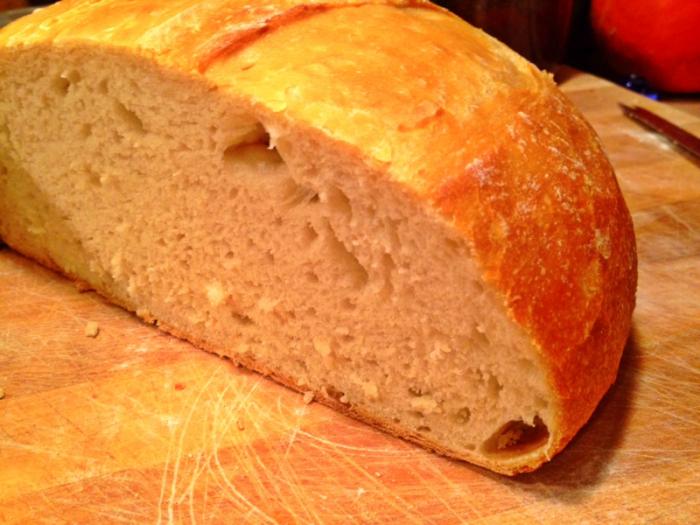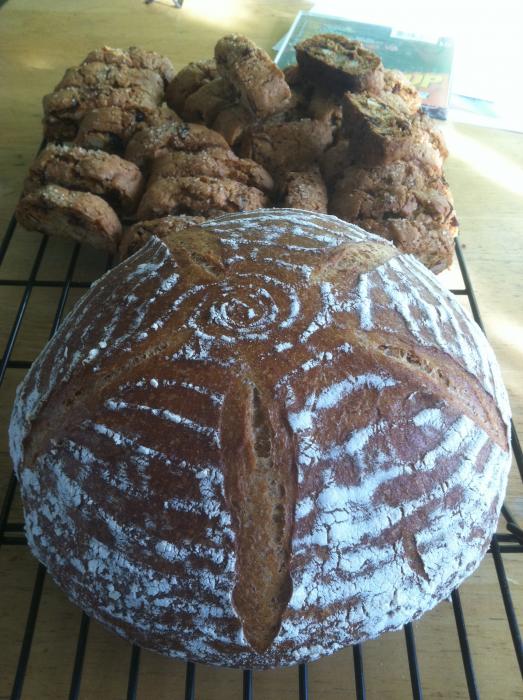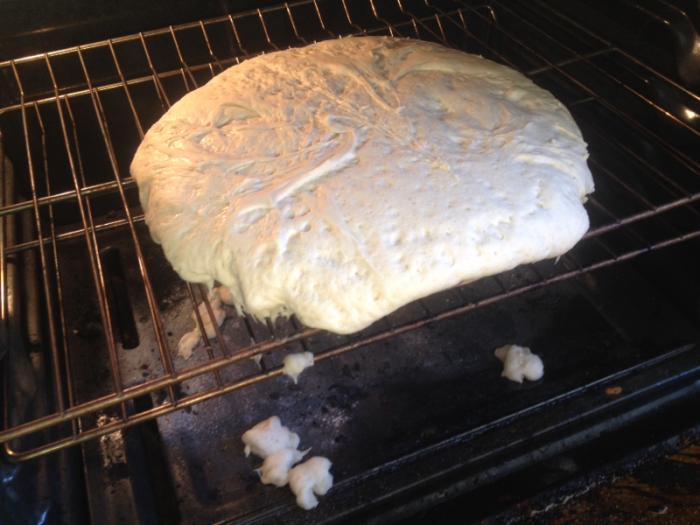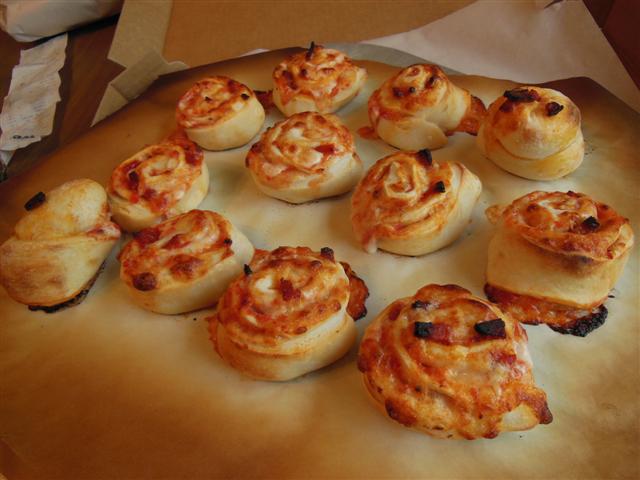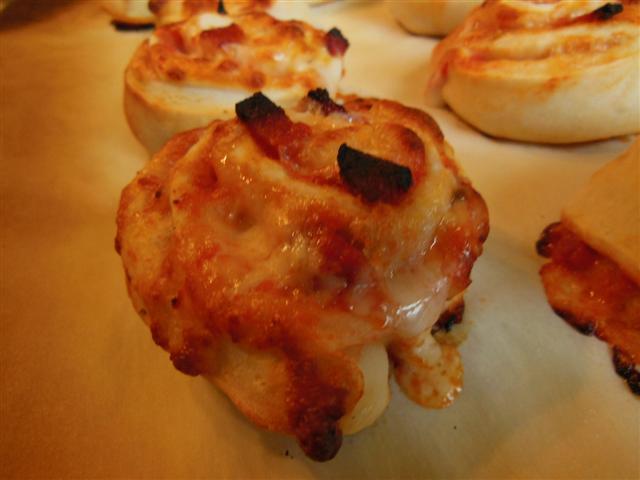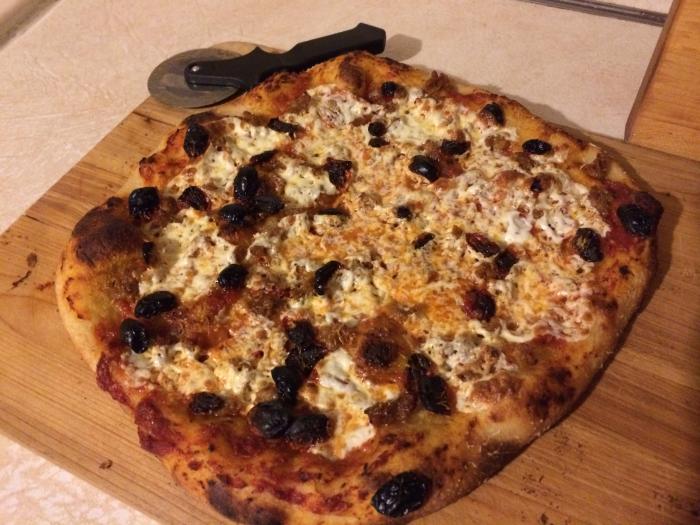Jeffries55
Well-Known Member
Ok guys, I've been following this thread and getting hungry for weeks now... figured I would share my first entry here while I am upgrading my brewery and have nothing better to do 
First post is of a 1 cup Spelt flour / 1.5 cups all purpose, with a mix of 8 oz tomato paste / whole foods mushroom pasta sauce (tom paste to make it not so watery), fennel seed, 12 oz monterrey jack (they were out of mozz for the pre-holiday rush), and 1/2 lb of wellshire dry dub black forest bacon!


I had to dab the top with a few paper towels as their was so much grease from the bacon! Turned out decently for my first post, definitely better than my last few pizzas, though i should have pre-heated the pizza sheet with the oven, as the bottom could have been a bit more done.
First post is of a 1 cup Spelt flour / 1.5 cups all purpose, with a mix of 8 oz tomato paste / whole foods mushroom pasta sauce (tom paste to make it not so watery), fennel seed, 12 oz monterrey jack (they were out of mozz for the pre-holiday rush), and 1/2 lb of wellshire dry dub black forest bacon!


I had to dab the top with a few paper towels as their was so much grease from the bacon! Turned out decently for my first post, definitely better than my last few pizzas, though i should have pre-heated the pizza sheet with the oven, as the bottom could have been a bit more done.




